- EasyCard
- Trade
- Help
- Announcement
- Academy
- SWIFT Code
- Iban Number
- Referral
- Customer Service
- Blog
- Creator
Still Worried About Slow Transfers? Try These Dual Measures
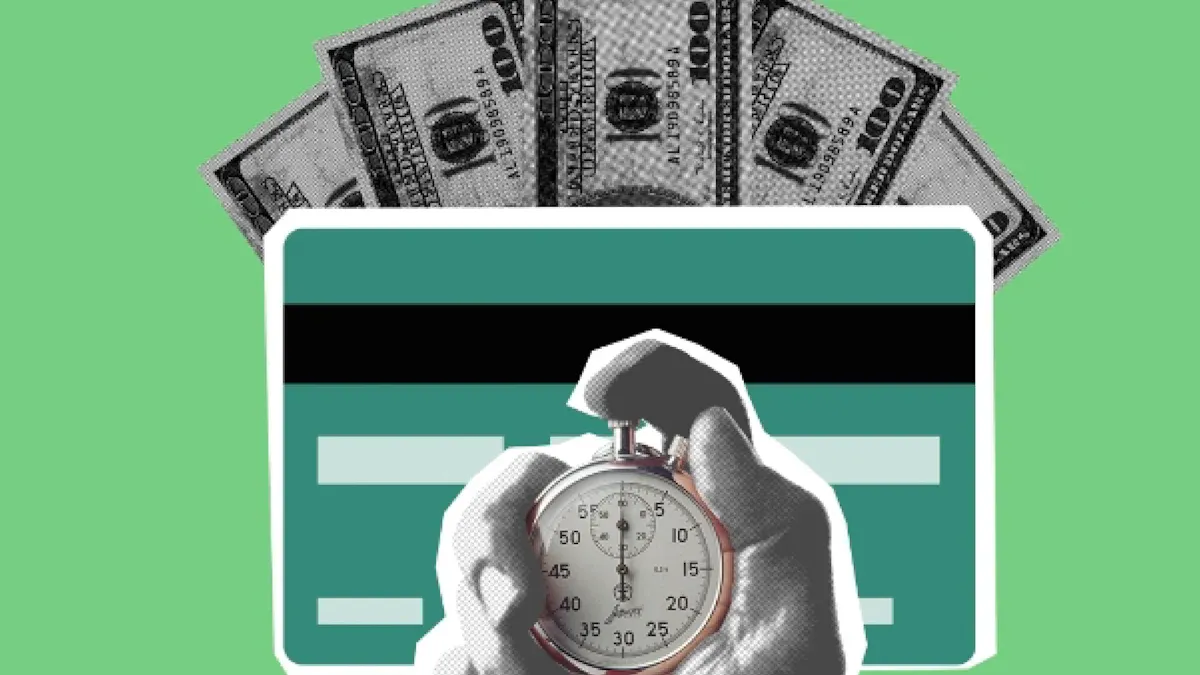
Image Source: pexels
Have you ever anxiously refreshed the page, just waiting for a transfer that never seems to arrive?
In fact, whether funds arrive quickly does not entirely depend on luck. The key to ensuring smooth fund flow lies in two core links: choosing an efficient transfer path and verifying accurate recipient information. By implementing this simple set of dual measures, you can say goodbye to the anxiety of waiting and make every fund operation more reassuring.
Core Points
- Choosing the right transfer method is very important. You can select real-time arrival so that the money arrives quickly.
- Verifying the recipient’s information is crucial. Please carefully check the name, account number, and bank details to ensure they are all correct.
- Use the security features of payment tools. Enable multi-factor authentication to protect your account security.
- Before large transfers, conduct a small test. This can help you confirm if the information is correct and avoid losses.
Measure One: Choose the Right Transfer Path to Boost Speed
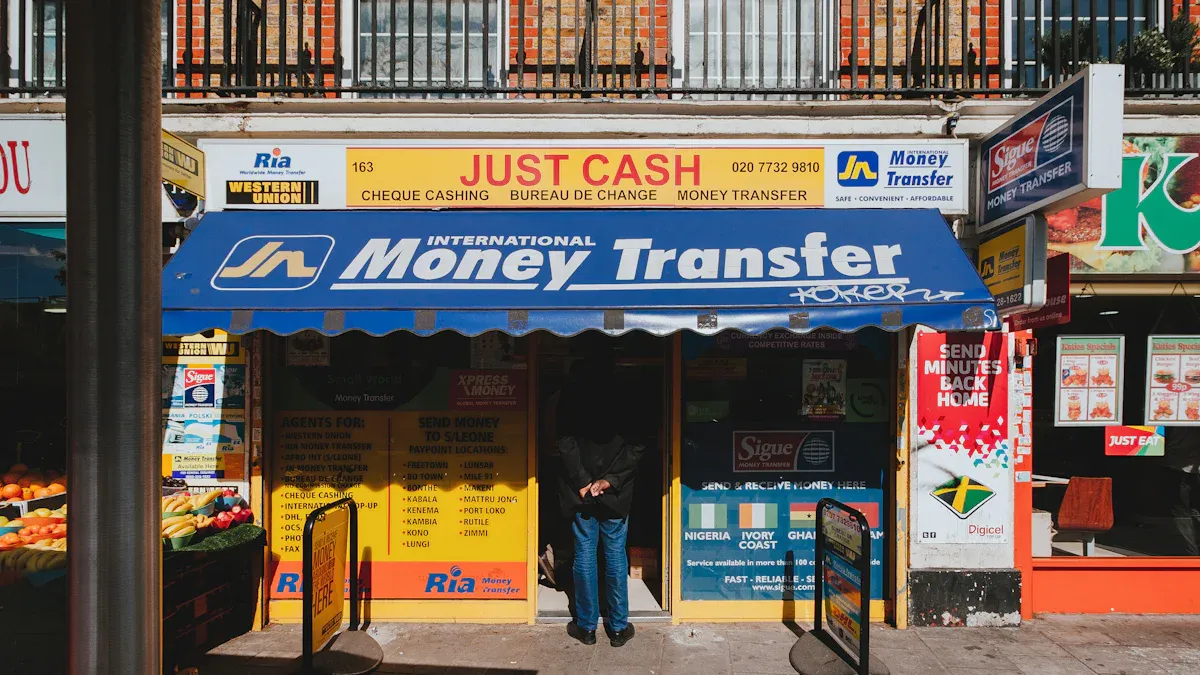
Image Source: unsplash
Choosing the right transfer “highway” is the first step to ensuring funds arrive quickly. Just like sending a package has options for standard, expedited, and next-day delivery, fund transfers also have different speed levels. Understanding the differences between these paths and making wise choices based on your needs can avoid unnecessary waiting from the source.
Understand Real-Time, Fast, and Standard Arrival
When you initiate a transfer, banks or payment apps usually offer several arrival modes. Understanding their differences is crucial.
- Standard Arrival: This is the most basic mode. Funds need to go through multiple internal bank audits and clearing processes, usually arriving within 24 hours. If it encounters holidays or bank system maintenance, the time will be extended.
- Fast Arrival: This mode prioritizes your transfer request, generally completing within 2 hours. It shortens some internal processes but may still be affected by inter-bank clearing times.
- Real-Time Arrival: This is the fastest option. Funds arrive in the recipient’s account almost the moment you click “confirm.” This relies on powerful modern payment systems.
Many economies worldwide have established advanced real-time payment networks to achieve instant fund settlement across banks.
Global Real-Time Payment System Examples
- China’s Mainland Super Online Banking System (CNAPS): This system includes a Real-Time Gross Settlement (RTGS) system specifically for handling large funds in real-time clearing, ensuring transaction immediacy.
- Hong Kong’s “Faster Payment System” (FPS): Transactions via FPS have funds “almost immediately” reaching the recipient’s account, the entire process usually completing in “a few seconds”.
- EU’s SEPA Instant Credit Transfer (SCT Inst): This scheme ensures funds reach the recipient’s account in less than ten seconds, providing assurance for instant payments across Europe.
Therefore, when transferring, be sure to pay attention and prioritize the “real-time arrival” option.
Make Good Use of Third-Party Payment Instant Features
For daily small-amount high-frequency transfer needs, third-party payment tools are your capable assistants. As an efficient form of Electronic Funds Transfer (EFT), they have a natural advantage in speed.
Take Biyapay as an example of such modern payment apps; when both parties transfer within its platform, the fund movement is essentially an internal adjustment of account balances. This process does not involve traditional inter-bank clearing, thus achieving true “instant arrival.” This is especially convenient for scenarios like splitting meal costs among friends or paying merchants for goods.
Of course, when using these tools, you also need to understand their transfer limits. Limits vary by platform and user level.
| Feature | Minimum Transfer Amount | Maximum Single Transfer Amount |
|---|---|---|
| Typical Third-Party App Instant Transfer | $25 USD | $10,000 USD |
Choosing a payment tool like Biyapay that supports instant features can make your small fund flows incredibly smooth.
Avoid Bank System Clearing Peak Periods
Have you ever transferred on a Friday afternoon only for the recipient to receive it on Monday? This is likely because you hit the bank system’s “off-duty” time.
Traditional cross-bank transfers rely on central clearing systems for batch processing on weekdays. This means that on weekends, public holidays, or after daily specific settlement windows close, although your transfer instruction is sent, the funds will not be processed immediately.
Note: Holidays are “disaster areas” for transfer delays In countries like the US, if the transfer day coincides with a federal holiday (such as Thanksgiving), banks will close, and all transactions will be postponed to the next business day. Even if you operate via ATM or mobile banking, fund clearing and arrival will be delayed. For international transfers requiring manual processing, delays may be longer.
Therefore, you need to consciously avoid these periods:
- Weekends and Holidays: Try to complete important cross-bank transfers on weekdays. If your recipient is in another country, you also need to consider public holidays in both locations.
- Daily Settlement Windows: Most bank systems enter end-of-day settlement in the evening, when processing speed slows. Try to operate in the morning or early afternoon on weekdays.
Some countries’ clearing systems are working to extend service hours to reduce delays, such as the US Federal Reserve System gradually extending its weekly operating days.
Planning your transfer time and proactively avoiding these systemic “traffic jams” is another important technique to accelerate fund transfers.
Measure Two: Implement Security Dual Measures to Safeguard Funds
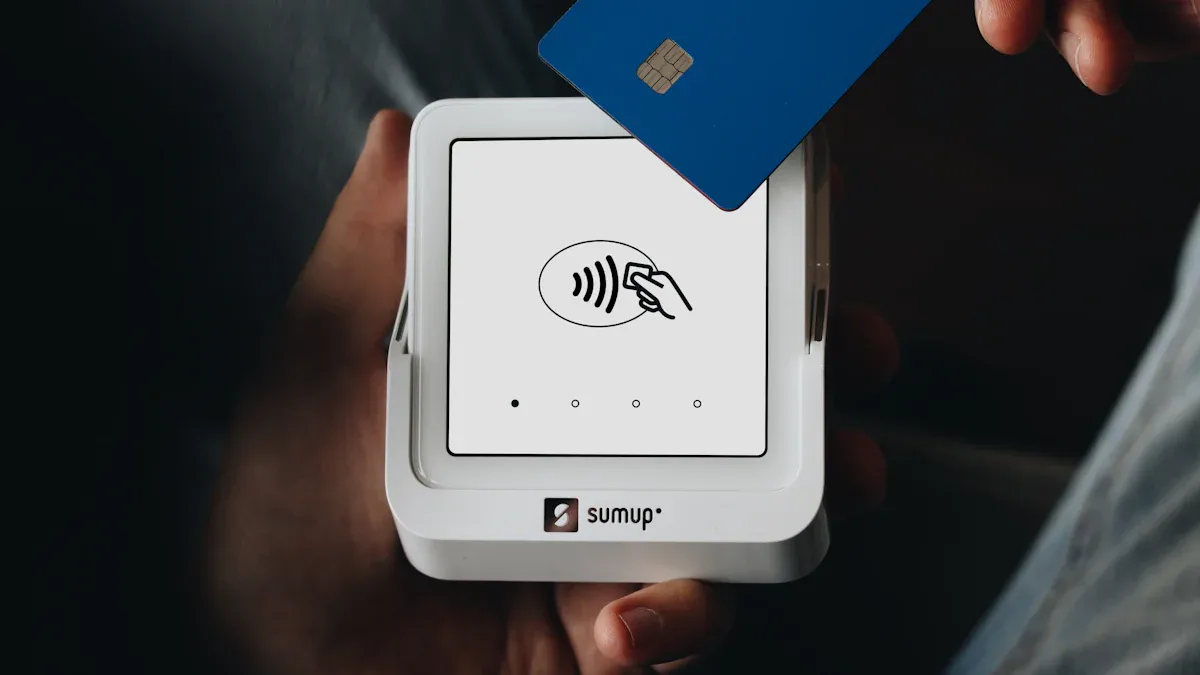
Image Source: unsplash
Choosing a highway ensures speed, but if the destination address is wrong, even the fastest speed is meaningless. Therefore, the second key measure to ensure funds arrive smoothly is to safeguard your fund security. Through meticulous verification, you can build a solid defense line to ensure every cent reaches the designated location accurately. Implementing this set of security dual measures allows you to enjoy speed while having complete peace of mind.
Cross-Verification of the “Three Elements” Before Transfer
Before each transfer, be sure to carefully verify the recipient’s “three elements” like a pilot checking the dashboard: recipient name, recipient account, recipient bank information. A tiny mistake in any link can lead to fund delays or even loss.
The most common errors in transfers include:
- Recipient Name Error: Spelling mistakes are common. For example, writing “John Smith” as “Jonh Smith”. In some countries, like mainland China, the exact spelling of the recipient’s name is crucial, and minor differences can cause the transfer to be rejected.
- Incorrect Recipient Account: This is the most dangerous error. If the account you enter is valid but belongs to someone else, funds will be deposited into the wrong account. Recovering this money is not only time-consuming but requires the other party’s consent and may even be unrecoverable.
- Bank Code Confusion: For international transfers, you may need to provide SWIFT/BIC codes, routing numbers (Routing Number), etc. Confusing these codes or filling in wrong recipient bank and correspondent bank information can cause funds to “get lost” in the banking system, leading to severe delays.
Operation Tip When entering information, slow down and perform a second check character by character. A simple habit can avoid weeks of trouble later.
Make Good Use of “Recipient Roster” to Prevent Errors
Almost all banks and payment apps provide a “recipient roster” or “frequent contacts” feature. This is not just for convenience but an important error-prevention tool. Immediately add someone to the roster after successfully transferring to them for the first time.
This feature aims to reduce errors through enhanced verification. Many systems now support automatically displaying a partially masked beneficiary name after you enter the account. You can use this information to immediately verify if the account belongs to the intended recipient.
Next time you transfer, simply select the correct recipient from the list, and the system will automatically fill in all verified information. This simple dual measure can fundamentally eliminate errors from repeated input.
Small Security Test Before Large Transfers
For unfamiliar or first-time large transfers, it is strongly recommended to conduct a “small security test” first. This is like making a quick call to confirm the other party is online before a formal conversation—a simple but extremely effective preventive measure.
The operation is very simple: first transfer a very small amount (for example, $1 USD) to the target account. Then, confirm with the recipient if they successfully received this money.
The role of this test is:
- Verify Information Accuracy: It can verify at once whether the recipient name, account, and bank information you have are completely correct.
- Test Path Smoothness: It can confirm that the entire transfer path is clear and funds can be cleared and reach the recipient’s account smoothly.
Once the small test succeeds, you can confidently proceed with the large transfer. This step is similar to the dual verification process of electronic checks, with its core role being to discover and correct potential errors at minimal cost before large-scale fund transfers.
Enable Multi-Factor Security Authentication in Payment Tools
Finally, ensure that the payment tool you use is secure. Modern payment systems provide solid infrastructure protection through Multi-Factor Authentication (MFA). This dual measure is the last and most important line of defense for protecting your account.
The core principle of MFA is to require users to provide at least two different types of credentials to verify identity, such as “what you know” (password) + “what you have” (phone) + “who you are” (fingerprint).
Common authentication methods include:
| Authentication Method | How It Works | Security Advantage |
|---|---|---|
| Biometric Authentication | Uses your unique physical characteristics, such as fingerprint or Face ID. | Difficult to copy or steal, providing more reliable security than traditional passwords, making payments fast and secure. |
| SMS Verification Code | When you conduct a transaction, the system sends a time-limited one-time password (OTP) to your registered phone. | As an additional security layer beyond the password, it effectively confirms the operator is you, preventing unauthorized access and fraud. |
| Hardware Token | A separate physical device that generates one-time dynamic passwords on demand. | Since it does not rely on network or phone, it provides a higher level of isolated security in some scenarios. |
Be sure to enable all available security authentication options in your bank app and payment tools (such as Biyapay) settings. This ensures that even if your password is leaked, without the second verification, malicious actors cannot touch your funds.
Fast fund arrival is not just about a single technique. It stems from the combination of two good habits: choosing the right transfer path and ensuring absolute information accuracy. Studies show that simply implementing automated verification can reduce data entry errors by 20% and increase receipt success rates by 15%.
Internalize this simple set of dual measures into your transfer habits. From now on, you will bid farewell to waiting anxiety and make every fund operation reassuring and efficient.
FAQ
What if I accidentally transfer to the wrong account?
You should immediately contact your bank or payment platform. They will assist you in trying to recover the funds, but success is not guaranteed. Whether funds can be recovered usually requires the recipient’s cooperation. Therefore, careful verification before transfer is crucial.
Why are international transfers always slower than local transfers?
International transfers need to go through multiple countries’ banking systems. Each system has its own clearing times and compliance review processes. These additional steps, such as anti-money laundering (AML) checks, are the main reasons for delays.
Is “real-time arrival” absolutely “instant”?
In the vast majority of cases, yes. Funds usually arrive within a few seconds.
But please note that occasional network fluctuations or recipient bank system maintenance may cause brief delays. However, it remains the fastest transfer method currently.
Does conducting a small security test incur extra fees?
This test transfer itself will be treated as a normal transaction. Therefore, it may incur standard transfer fees. This fee is usually low, with the specific amount depending on the charging standards of the bank or payment tool you use.
*This article is provided for general information purposes and does not constitute legal, tax or other professional advice from BiyaPay or its subsidiaries and its affiliates, and it is not intended as a substitute for obtaining advice from a financial advisor or any other professional.
We make no representations, warranties or warranties, express or implied, as to the accuracy, completeness or timeliness of the contents of this publication.
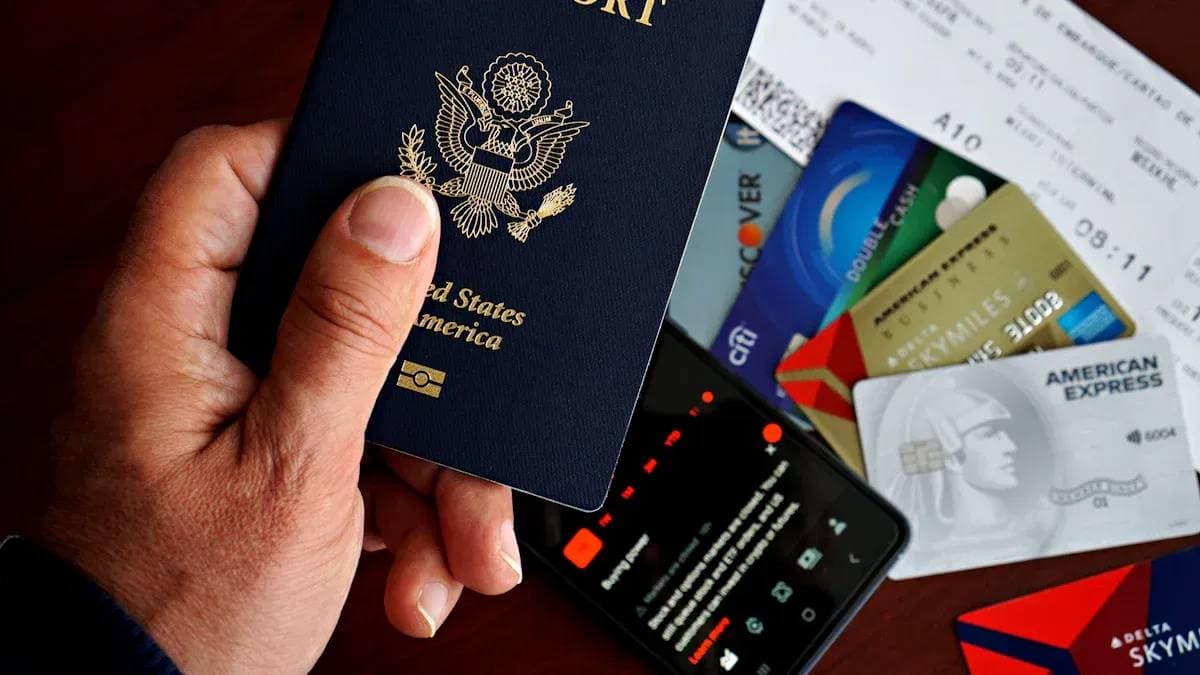
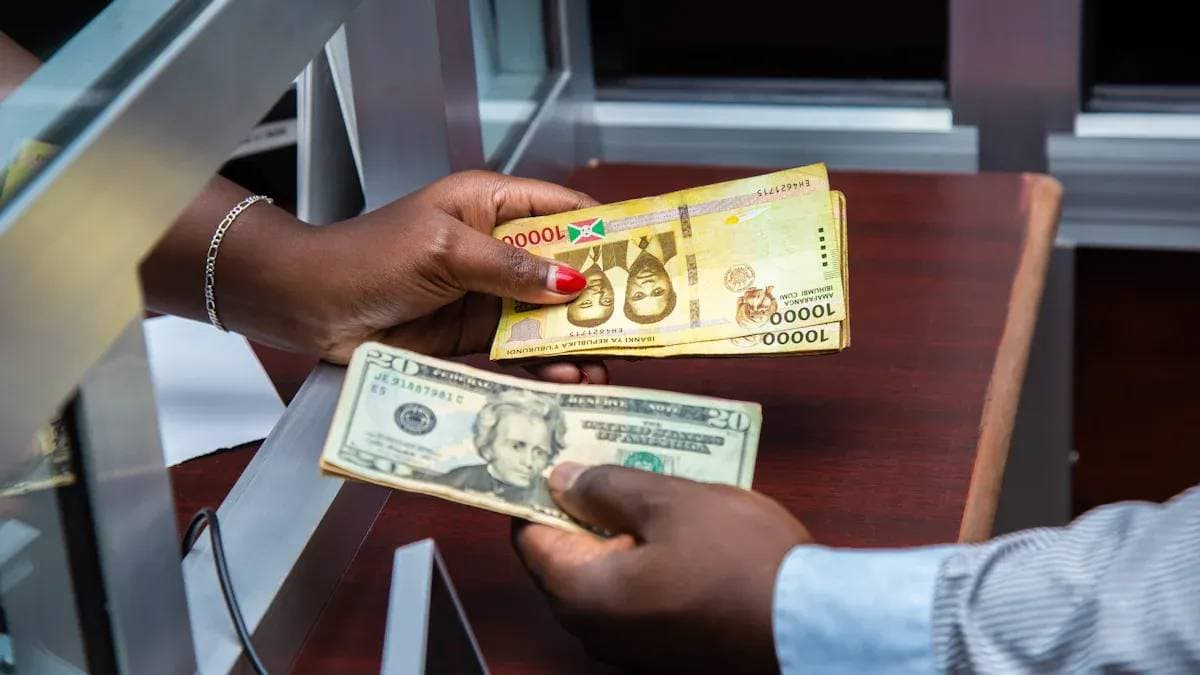
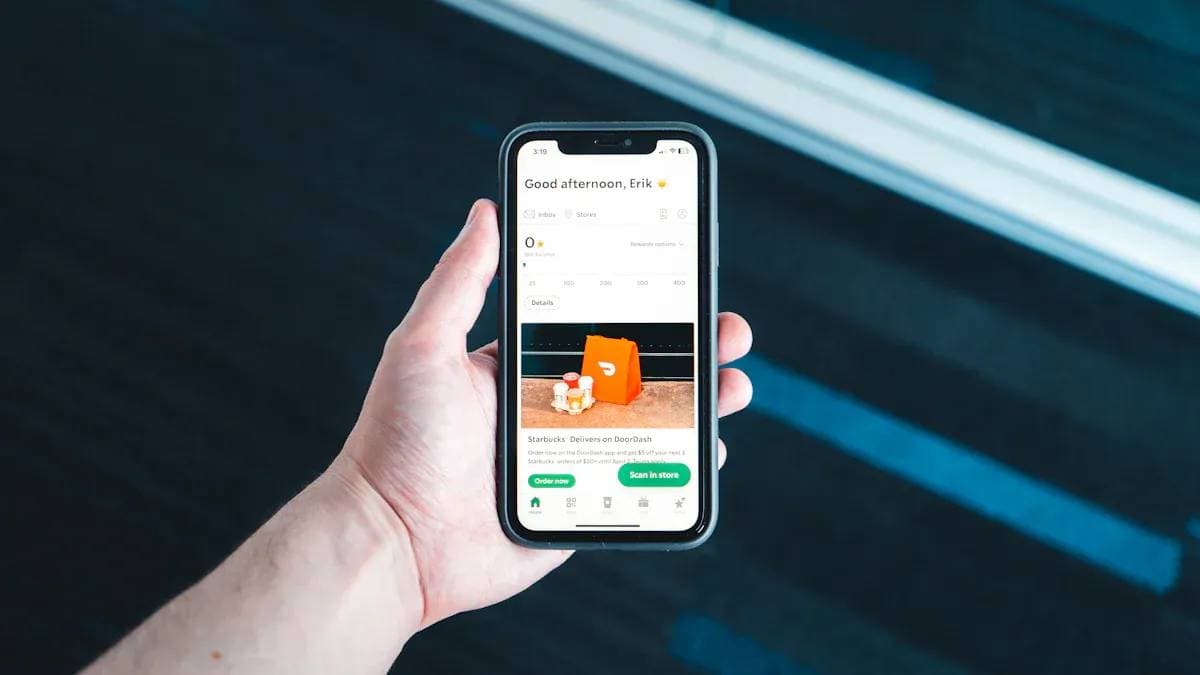

Contact Us
Company and Team
BiyaPay Products
Customer Services
BIYA GLOBAL LLC is a licensed entity registered with the U.S. Securities and Exchange Commission (SEC No.: 802-127417); a certified member of the Financial Industry Regulatory Authority (FINRA) (Central Registration Depository CRD No.: 325027); regulated by the Financial Industry Regulatory Authority (FINRA) and the U.S. Securities and Exchange Commission (SEC).
BIYA GLOBAL LLC is registered with the Financial Crimes Enforcement Network (FinCEN), an agency under the U.S. Department of the Treasury, as a Money Services Business (MSB), with registration number 31000218637349, and regulated by the Financial Crimes Enforcement Network (FinCEN).
BIYA GLOBAL LIMITED is a registered Financial Service Provider (FSP) in New Zealand, with registration number FSP1007221, and is also a registered member of the Financial Services Complaints Limited (FSCL), an independent dispute resolution scheme in New Zealand.



















